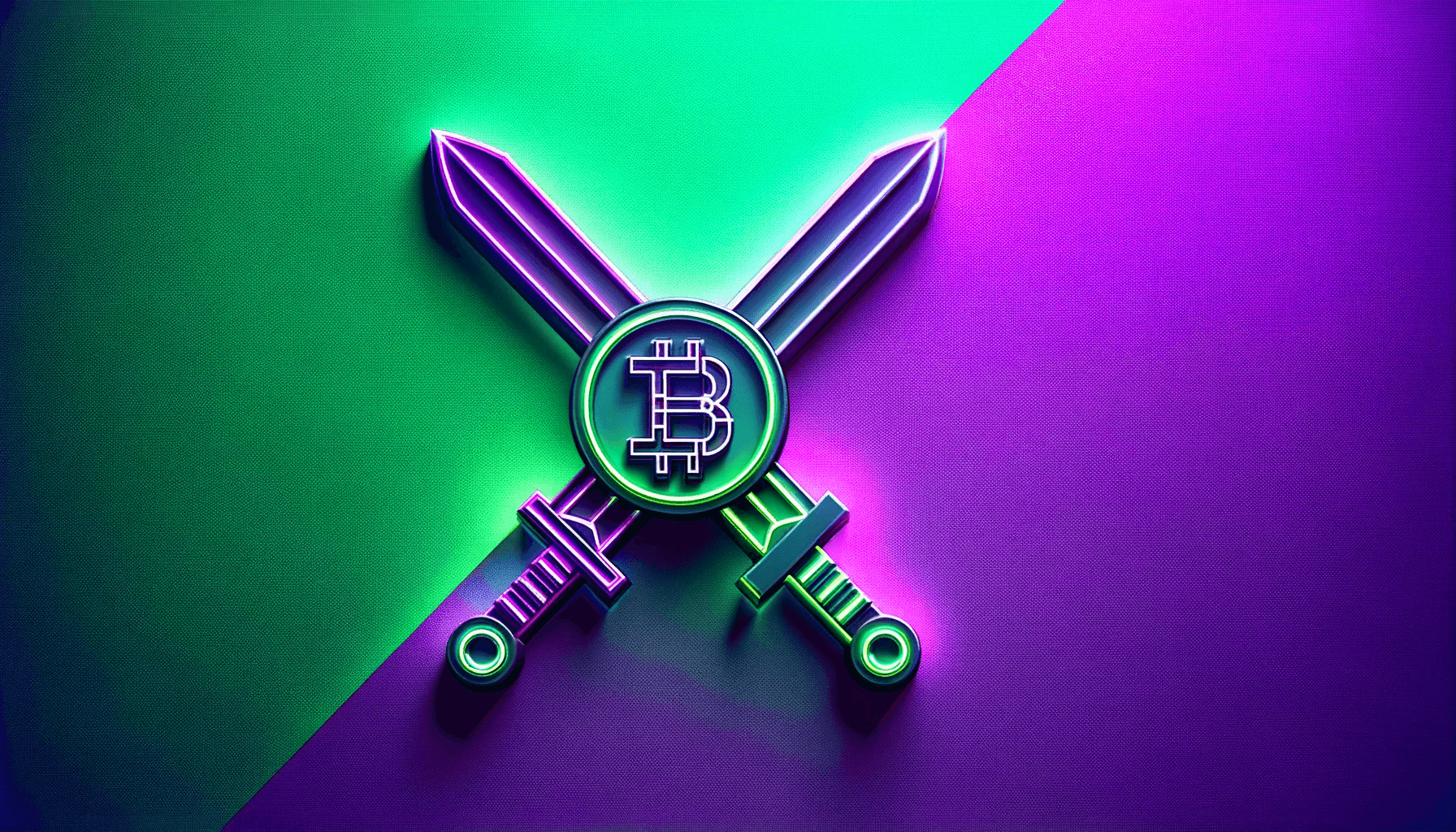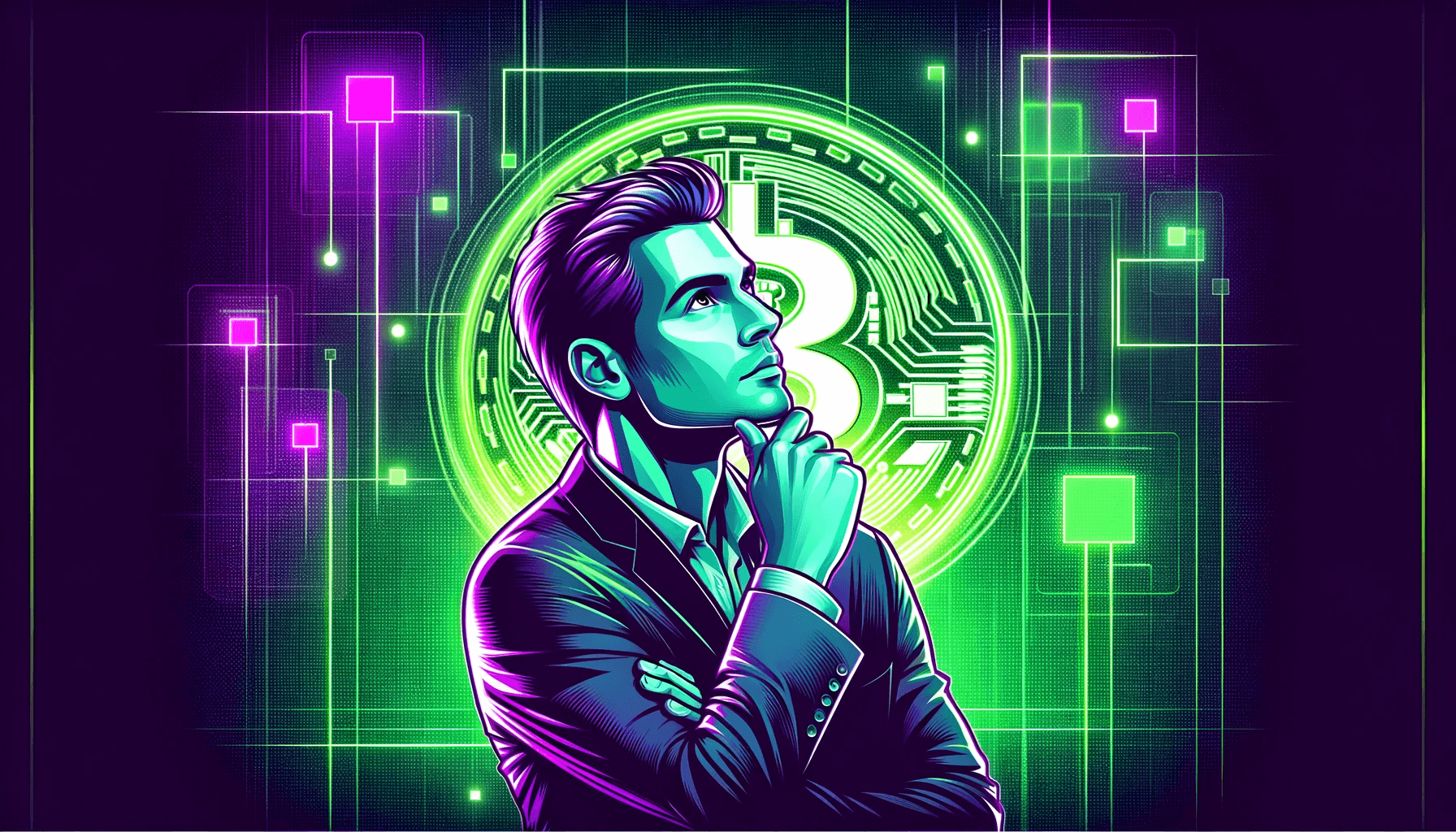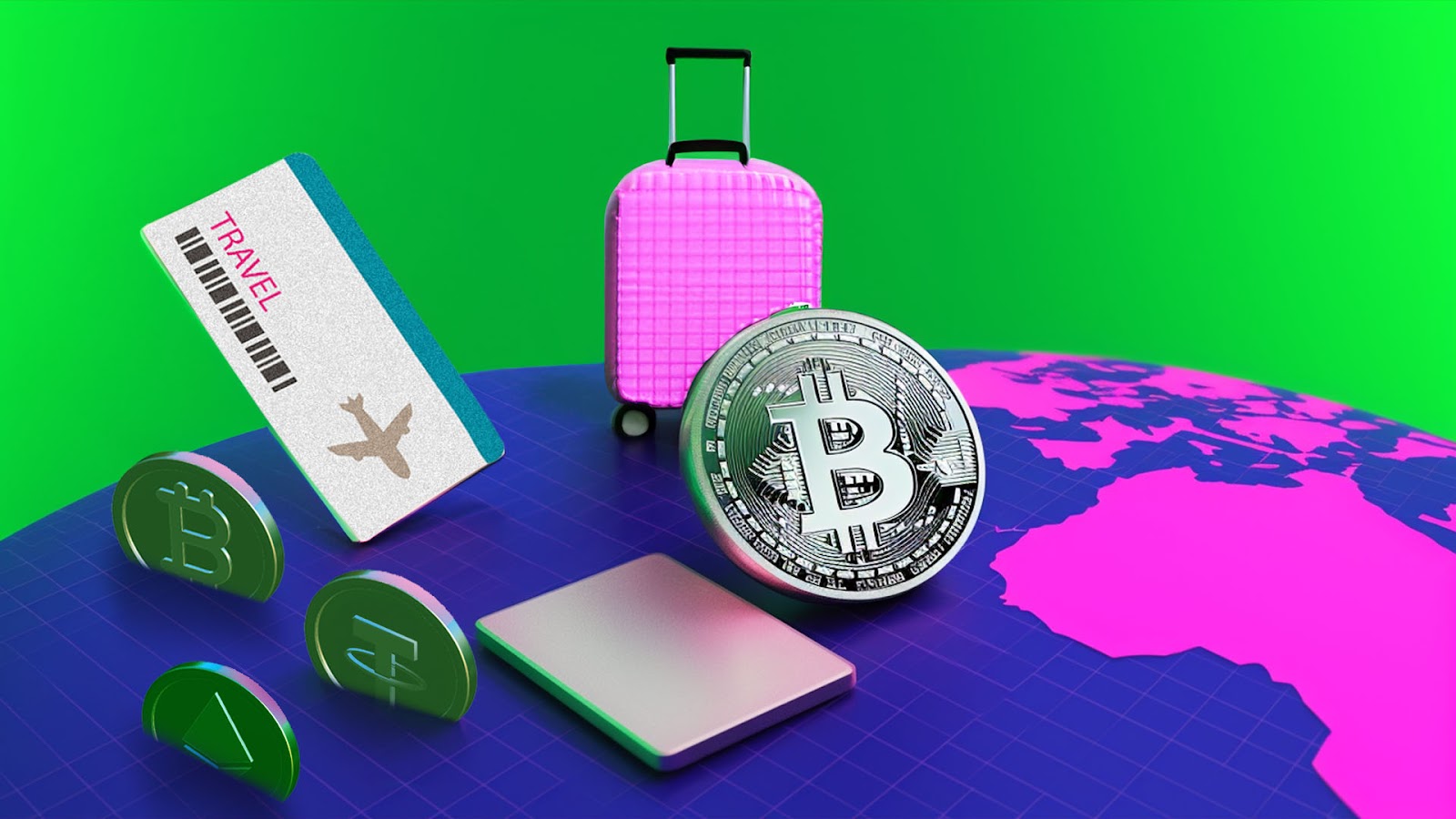
Tokenomics and tokenization are central in the digital shift within blockchain and cryptocurrencies.
Tokenomics shapes cryptocurrency functionality and value by addressing token supply, utility, and distribution, crucial for a crypto project's viability.
Conversely, tokenization digitizes real assets like real estate, enabling fractional ownership and enhanced liquidity, democratizing asset ownership.
As they evolve, both significantly enrich the digital economy: Tokenomics fosters robust economic models and user engagement in blockchain projects, while tokenization bridges the tangible and digital domains.
This blog explores these core principles, their critical role in blockchain projects, and their future trajectory, illustrated with real-world examples, highlighting their impact on reshaping the digital economy and challenging traditional financial frameworks.
Demystifying Tokenomics
Tokenomics, merging tokens and economics, provides a framework for cryptocurrencies to operate and prosper in their ecosystems, balancing user incentives and growth.
Central to this is the token, a digital value unit representing assets or rights, governed by smart contract rules.
Originating from Bitcoin's economic model, Tokenomics have inspired various blockchain projects, each with unique economic models to navigate the crypto-economy.
Its importance is monumental, defining a crypto project's economic model, incentive schemes, and often, governance protocols, aligning stakeholder interests and steering a project towards its goals.
Core Pillars of Tokenomics
Tokenomics is a multifaceted discipline with several core pillars that collectively define the economic model of a blockchain project.
These pillars encompass the structure and functionalities of tokens, laying the groundwork for how they are created, utilized, and distributed within the ecosystem.
Let's dive into the central pillars of Tokenomics: Token Supply, Token Utility, and Token Distribution.
Token Supply
One of the paramount aspects of Tokenomics is understanding the token supply dynamics, which typically branches into maximum supply and circulating supply.
Maximum Supply vs. Circulating Supply:
Maximum Supply refers to the total number of tokens that will ever exist for a particular cryptocurrency.
While, circulating Supply denotes the number of tokens currently available for transactions and trading.
Token Utility
Tokens are not simply digital assets; they embody various utilities that enhance their intrinsic value and usability within their respective ecosystems.
Different Utilities of Tokens:
Uniswap's native token, UNI, enables holders to govern the protocol by voting on key proposals and earn a share of the platform's fees.
Additionally, UNI can be staked in various DeFi projects, offering additional rewards and utility across the decentralized finance ecosystem.
The Role of Utility in Enhancing Token Value:
A token’s utility directly correlates with its perceived value.
The more things a token can do, the more important it becomes in its system.
This can lead to more people wanting it, which can increase its value.
Token Distribution
The methodology of token distribution significantly impacts a project's trustworthiness, fairness, and long-term viability.
Fair Launch vs. Pre-mining:
A fair launch ensures that tokens are distributed in a manner that gives all participants equal opportunity.
Whereas, pre-mining may reserve a portion of the tokens for the project’s team, early investors, or other stakeholders before public distribution.
Case Studies on Token Distribution:
Various distribution strategies in projects like Bitcoin, Ethereum, and Uniswap highlight the impact of these methodologies on a project's trajectory and community trust.
Bitcoin's fair launch through mining ensured decentralization and community trust, contrasting Ethereum's initial distribution where 50% of ETH was pre-mined, the switch to proof of stake helped to evolve ethereum's tokenomics
Advanced Tokenomics Concepts
As we delve deeper into the realm of Tokenomics, we explore advanced concepts that further shape the value, supply, and sustainability of cryptocurrencies and blockchain projects.
In this section, we will explore two pivotal concepts:
Token Burns and Incentive Mechanisms, which play crucial roles in steering the economic models of crypto projects towards stability and growth.
Token Burns
Token Burns, a practice also known as token buybacks or token destruction, signify the permanent removal of a certain number of tokens from circulation.
This strategic move can be orchestrated by a project's development team to manage the token supply and potentially augment the value of the remaining tokens.
Effect on Supply:
By decreasing the total supply of a cryptocurrency, token burns can augment the scarcity and perceived value of the remaining tokens, assuming demand remains constant or increases.
Real-World Examples:
PancakeSwap (CAKE), a leading DEX and is recognized for its unique features and high liquidity.
Its native token, CAKE, has a burn mechanism to regulate supply, aiming to enhance token value by creating scarcity.
Incentive Mechanisms
Incentive mechanisms are pivotal for user engagement and growth within a blockchain network. Proof of Stake (PoS), where users stake tokens to aid network operations and earn rewards, incentivizes token holding, enhancing network security and decentralization.
Innovative models like Compound's COMP token, which rewards users for borrowing or lending, also promote participation and liquidity.
These mechanisms shape user behavior, ensure project sustainability, and drive blockchain network success, embodying a community-driven approach.
Game Theory and Governance in Tokenomics
The intricate realm of Tokenomics is not only governed by well-defined economic principles but also significantly influenced by strategic interactions and decision-making processes.
This section delves into the fascinating interplay between Game Theory and Token Governance in shaping the dynamics of token ecosystems.
Game Theory
Game Theory, which is a captivating branch of mathematics, explores strategic decision-making where the results are closely tied to what others do.
Role in Tokenomics:
In the spectrum of Tokenomics, game theory acts as a lens through which we can decipher the behavior of various stakeholders like users, developers, and even adversaries.
It aids in analyzing the incentives, risks, and potential outcomes associated with diverse actions within a blockchain ecosystem.
This, in turn, illuminates the path towards designing and optimizing tokenomic systems that can foster beneficial interactions, mitigate adversarial actions, and cultivate a thriving ecosystem.
Token Governance
Token Governance, central to decentralized projects, enables community-based decision-making in blockchain ecosystems via governance tokens.
These tokens allow holders to vote on key proposals, promoting decentralization by distributing decision-making power from a central entity to the community.
Projects like MakerDAO (MKR), Compound (COMP), and Uniswap (UNI) showcase strong governance structures, allowing token holders to influence crucial decisions, embodying blockchain's decentralization ethos.
This governance model enhances transparency and inclusivity, showcasing Tokenomics' sophistication in fostering resilient, progressive blockchain ecosystems.
Tokenomics and Project Success
Tokenomics, crucial for a cryptocurrency's success, balances token supply and demand, incentivizing long-term holding, and fostering a vibrant community.
Effective tokenomics, as seen in Bitcoin and Solana, entices investments through smart incentives like staking or burning, ensuring price stability and fair token distribution, which drive project growth and user engagement.
This economic design, intertwined with innovative technology, significantly influences a project's longevity, value, and overall standing in the competitive blockchain sphere
The Rise of Tokenization
Tokenization converts assets like real estate or art into tradable digital tokens on a blockchain, bridging physical and digital realms, and unveiling new asset management options.
Benefits include fractional ownership, empowering small investors, diversification, increased liquidity, simplified transactions, global accessibility, and enhanced efficiency with transparency. However, challenges like regulatory inconsistencies and traditional registry reconciliation exist, but growing blockchain advancements and institutional interest show promise.
Overall, tokenization fosters a more inclusive, liquid, and transparent financial ecosystem, reshaping traditional financial landscapes.
Tokenizing Real Assets
The growing domain of tokenization is extending its tendrils into the realm of real assets, ushering in a novel paradigm of ownership and investment.
By encoding the value and ownership of real assets into digital tokens on a blockchain, tokenization is poised to redefine how we interact with the tangible world around us.
This section delves into the tokenization of two significant asset classes: real estate and art & collectibles, exploring the benefits, challenges, and real-world implementations of this transformative technology.
Future Trends: Bridging Tokenomics with Tokenization
The integration of tokenomics and tokenization heralds a new phase in the digital asset economy, innovating and redefining asset models.
It explores the merger of NFTs with traditional asset tokenization, cross-chain tokenization, and the ensuing challenges and opportunities.
This fusion facilitates increased liquidity, fractional ownership, and new revenue channels, democratizing asset ownership.
Cross-chain tokenization enhances market interoperability and liquidity, laying the groundwork for a transparent, efficient global asset market.
Addressing regulatory frameworks and ensuring interoperability are crucial steps forward.
These advancements promise better liquidity, quicker settlements, lower costs, and improved risk management, marking a shift towards a more efficient, transparent, and inclusive global economy, blending the digital and real worlds in a new economic paradigm.
Conclusion
The ascent of Tokenomics and tokenization, is critical for blockchain projects' success, centering on token supply and incentive systems.
Tokenizing assets like real estate democratizes ownership and enhances liquidity, potentially reshaping the global economy.
Platforms leading these tokenizations bridge traditional finance and blockchain.
This move towards a more inclusive, transparent global asset ecosystem is not only financial but societal, marking a democratized financial landscape in this financial renaissance.
Want More Cutting-Edge Crypto News?
Follow Us: X TikTok Instagram Telegram LinkedIn
Sign up to our newsletter at the bottom of the page
Check Out Our Top 10 Crypto Currencies of 2023
This article is intended for educational purposes and is not financial advice.


















